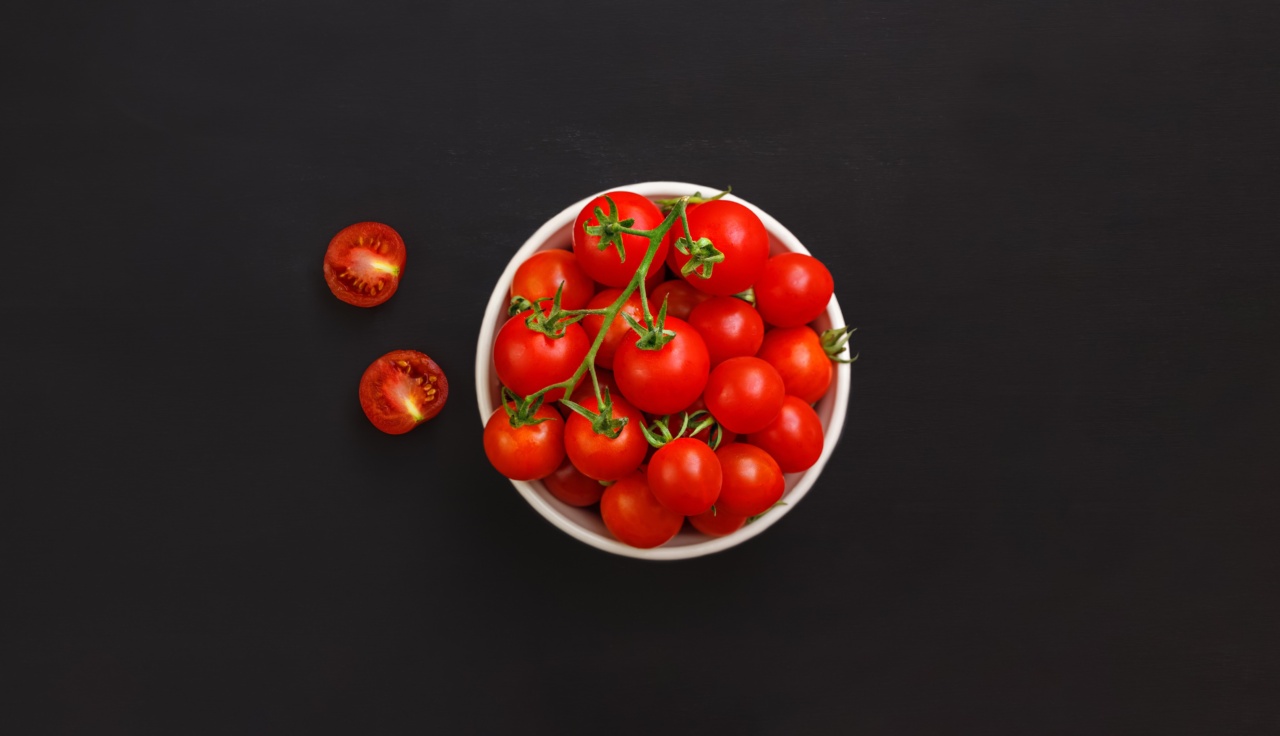Living gluten-free can be a difficult task, especially if you’re new to the diet. Gluten is a protein found in wheat, barley, and rye that can trigger an autoimmune response in people with celiac disease.
However, many people without a diagnosis also experience bloating, indigestion, or other symptoms after consuming gluten. In this article, we’ll cover some tips for adapting to a gluten-free diet.
1. Know what foods are safe
The most important thing to do when living gluten-free is to know what foods are safe to eat. These include:.
- Fruits and vegetables
- Meat, poultry, and fish
- Eggs
- Dairy products
- Beans and legumes
- Nuts and seeds
2. Read labels carefully
When shopping for pre-packaged or processed foods, it’s important to read labels carefully. Gluten can hide in unexpected places, such as soy sauce or salad dressings.
Look for foods that are labeled as gluten-free, or that are made with gluten-free ingredients.
3. Experiment with alternative flours
Wheat flour is a staple in many baked goods, but it’s not the only flour out there. Experiment with alternative flours like almond, coconut, or rice flour to find substitutes for your favorite recipes.
Keep in mind that these flours may behave differently than wheat flour, so you may need to make adjustments to your baking technique.
4. Stock up on gluten-free snacks
One of the biggest challenges of living gluten-free is finding easy, convenient snacks while on the go. Be sure to stock up on gluten-free snacks like nuts, fruit, or gluten-free crackers so that you always have something on hand.
5. Plan ahead when dining out
Dining out can be a challenge when you’re living gluten-free. Call ahead to restaurants to ask about their gluten-free options, or use an app like Find Me Gluten Free to search for gluten-free restaurants in your area.
When in doubt, stick to simple dishes like grilled meat or fish and a side of vegetables.
6. Learn to cook from scratch
Cooking from scratch can be a time-consuming process, but it’s the best way to ensure that your food is gluten-free. Stock your pantry with gluten-free flours, herbs, and spices so that you can make delicious, homemade meals.
7. Be aware of cross-contamination
Cross-contamination occurs when gluten-containing foods come into contact with gluten-free foods. To avoid cross-contamination, use separate cutting boards, utensils, and cookware when preparing gluten-free meals.
Be sure to clean your surfaces thoroughly before and after cooking.
8. Join a support group
Living gluten-free can feel isolating, but it doesn’t have to be. Join a local or online support group to connect with others who are also living gluten-free.
These groups can provide a wealth of information and support, as well as tips for living gluten-free in your community.
9. Don’t be afraid to ask for help
Living gluten-free can be challenging, and it’s okay to ask for help. Talk to your doctor or a dietitian to learn more about the diet and how to manage your symptoms.
They can provide information about gluten-free supplements, meal plans, and recipes.
10. Stay positive
Living gluten-free can be a big adjustment, but it’s important to stay positive. Focus on the foods that you can eat, and experiment with new recipes and ingredients.
With time and patience, you’ll learn to adapt to your new diet and enjoy delicious, gluten-free meals.






























